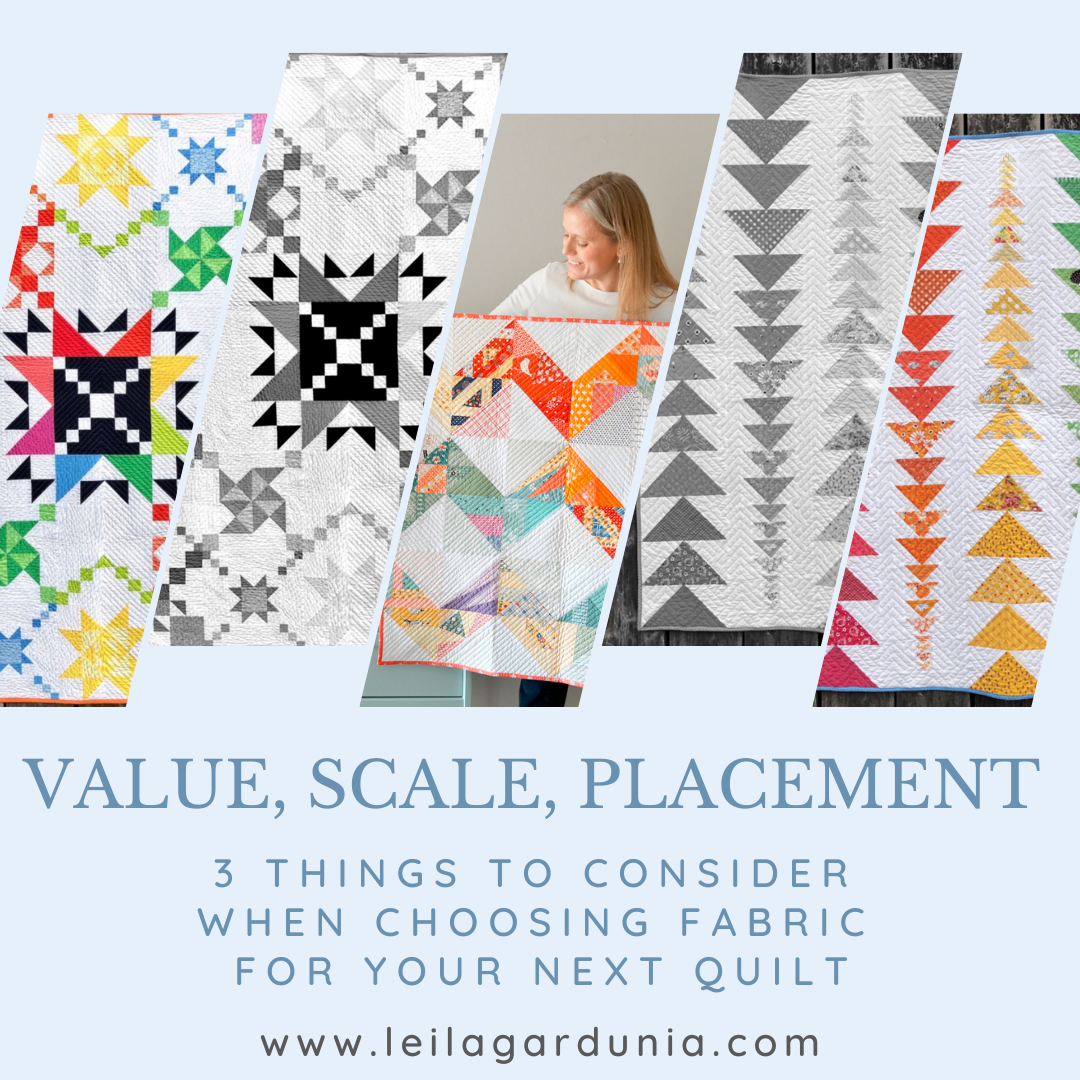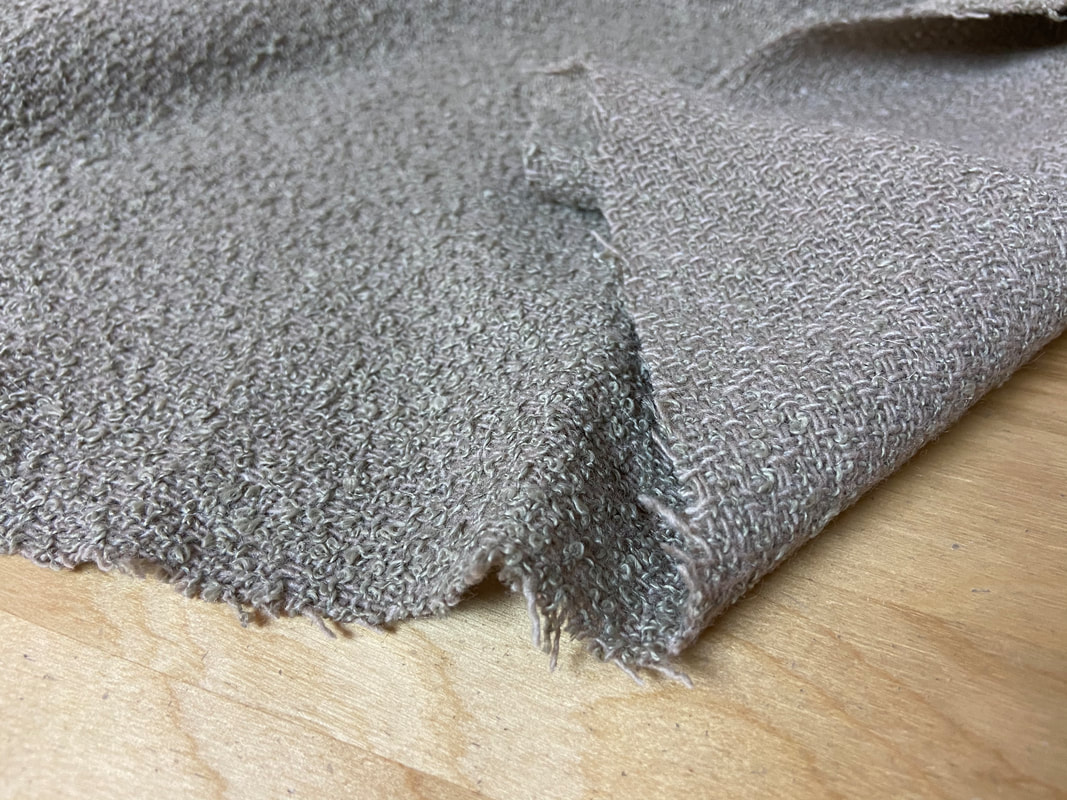Not known Details About All 4 Way Stretch Fabrics
Not known Details About All 4 Way Stretch Fabrics
Blog Article
Not known Factual Statements About All 4 Way Stretch Fabrics
Table of ContentsThe Buzz on All 4 Way Stretch FabricsThe Main Principles Of All 4 Way Stretch Fabrics Not known Incorrect Statements About All 4 Way Stretch Fabrics Some Known Factual Statements About All 4 Way Stretch Fabrics All 4 Way Stretch Fabrics for BeginnersAll 4 Way Stretch Fabrics Fundamentals ExplainedThe All 4 Way Stretch Fabrics PDFs
As I also desire UV defense from my garments when I go out, I would select a largely woven cotton textile. One even more factor to consider when buying the fabric is the way it will after washing.A winner would be to purchase least 10% additional material. If you can purchase preshrunk fabric, this is the very best. Preshrunk material will certainly have labels that will claim" and so on. If you are seeking a fabric that will certainly not extend or lose shape, you can look for the "anti-sag" tag.

If you are matching the color, like selecting the cellular lining for the main textile or selecting textile to include as trim, this is specifically vital. The textile display rooms will normally have a light well where you can see the fabric in sunshine (or a home window with excellent light from outdoors).
What Does All 4 Way Stretch Fabrics Mean?

Most textiles have to do with 44 wide. When you most likely to buy textile, quote just how much you desire first and after that go to the store. Look into this message to know the solution to this often listened to question "Just how much fabric do I require". With a fat quarter, you will get an 18 vast by 22 long.
These are offered in the stores I frequent as cut pieces they are primarily prized low and several of them, when they are last off the bolt, valued really reduced. You will need to ask the salespersons for items like that. Some great bargains can be had this means. In dressmaking, we buy material by the yard/meter.
All 4 Way Stretch Fabrics Fundamentals Explained
In a quarter of a backyard, you obtain a 9 by 44 strip of material, which is regarding 22 cm in size. According to the size of materials, they may be called single-width and double-width.
You can discover more about backyard to meter conversion below. Look into this message on reading a measuring tape Pick textiles that are not as well hard or rigid, or you would not be comfy in them. Linen, Jeans, flannel, For chillier climates, pick woollen (100% in addition to woollen blends) woollen tweeds, wool crepe; it basically relies on what pants you are talking about Tailored pants, Unstructured Pant, Combined, Denim.
All cotton materials are great for youngsters. Knit fabrics are additionally great for youngsters you can go for wool knits.
Not known Facts About All 4 Way Stretch Fabrics
Have a look at this message on the very best textile for garments for babies and children for more detail on this subject. Light-weight cotton is my favored to stitch skirts. Cotton lawn cloth in lovely prints is wonderful. Silk jacket is a wonderful fabric for sewing skirts, as is Ponte Roma knit material.
Also, drapey rayons, soft wool, lycra blends, and stretch velours are all ideal for stitching skirts. Wool (Woollen crepe has a fantastic drape and offers enough framework for coats; wool tweeds are excellent also), Bed linen & Flannel. Velvet (Take A Look At the slouchy velvet sports jacket tutorial, incidentally). Light-weight knits are excellent for free-flowing coats such as this waterfall jacket pattern Raw silk, satin, taffeta, velvet, Shoelace, silk chiffon, and Organza are all terrific for making dresses.
You can buy medium-weight textiles with some spandex/elastane added for a suitable bodycon-type gown. For drapey dresses, you can pick lightweight textiles. Crepe, challis, and charmeuse are all drapey fabrics matched for this style.
Light-weight cotton fabric, Cambric, Chintz, Twill, Faille, Seersucker, Poplin, light-weight woven broadcloth, batiste, linen, eyelet are great for making t-shirts and shirts. I love chiffon shirts. Smooth satin material benefits making airy tops. Look into the message on the 7 ideal fabrics for making tee shirts. Making shawls and scarves require different considerations for the textile check out this message on the materials for making headscarfs When purchasing formed textile (a lot of the formed textile comes with a size of 45 or 54 inches), there will certainly be pattern repeat in these fabrics, and this ought to be taken right into consideration when cutting material along with buying them i.e., if you want to match the patterns at the joints.
The Buzz on All 4 Way Stretch Fabrics
This post has the names of all the checkered patterns and this, stripe patterns. The themes will certainly be dispersed in a scheduled style on the material. However you may discover often If the print is not put on the fabric appropriately, it can not be matched or lined up when created without distorting the fabric and the hang of the garment.


You can find out extra regarding grain and grainline of textile here. The textile weight hinges on lots of variables like the weave, fiber type, etc and is generally denoted by GSM. GSM can differ from 60 -700; 700 being the GSM of extremely high-quality woolen fabric. A denim textile has a GSM of 400, relying on the weave.
One thing you have to maintain in mind is that greater fabric weight does not signify greater material top quality. It simply is an indication of the viability of the fabric for a certain task. You can not select high fabric weight textile jeans for a light-weight floating shawl. Understanding the textile weight serves when comparing the exact same kind of materials, but even this will certainly rely on its application.
In a nutshell, the most important requirements to look for in the fabric you buy are as follows (https://www.behance.net/rayherrera). The number of threads per inch of textile (yarns-per-inch).
The Buzz on All 4 Way Stretch Fabrics
In high-grade fabric, this balance (either in numbers or in size) will always be kept. Processes utilized on material to boost look and efficiency.
A two-ply thread is superior to a single-ply thread.
If you are getting all set to start a brand-new sewing job, selecting a fabric will certainly be the most crucial action when you choose what you desire to make. After you've mosted likely to all the difficulty and expenditure of buying the sewing device you like, a pattern you love, and a material you enjoy, you desire the ended up product to be a success, right? One means to complete that is to start by making sure your material is absolutely appropriate for the task.
All 4 Way Stretch Fabrics Things To Know Before You Buy
For instance, if you're making a patchwork, you'll instantly intend to use quilter's weight More Help cotton for finest outcomes. However what happens if you wish to make a product of apparel? How do you understand which textile will give you the most effective outcome? Selecting a fabric just due to the fact that you enjoy the print or design on it isn't necessarily the finest approach.
In order to avoid doing an entire task for basically absolutely nothing, we've compiled some tips to aid you make a decision which material is best for your project. Allow's claim you currently have a job in mind; how do you locate the ideal material for it?
Think of the features you desire the finished item to have. If garments, will it be fitted or loose? Dressy or day-to-day? For warm weather or cold? Do you desire a solid shade or a print? If you are making a non-wearable product such as a pillow cover or pot holder, use a tough material such as canvas.
There is so much details available concerning materials, their characteristics, and their usages, it could obtain to be frustrating! Don't attempt to take it in all at once; just begin with the project at hand. Discover all you can about the material you make use of for this one job.
Report this page